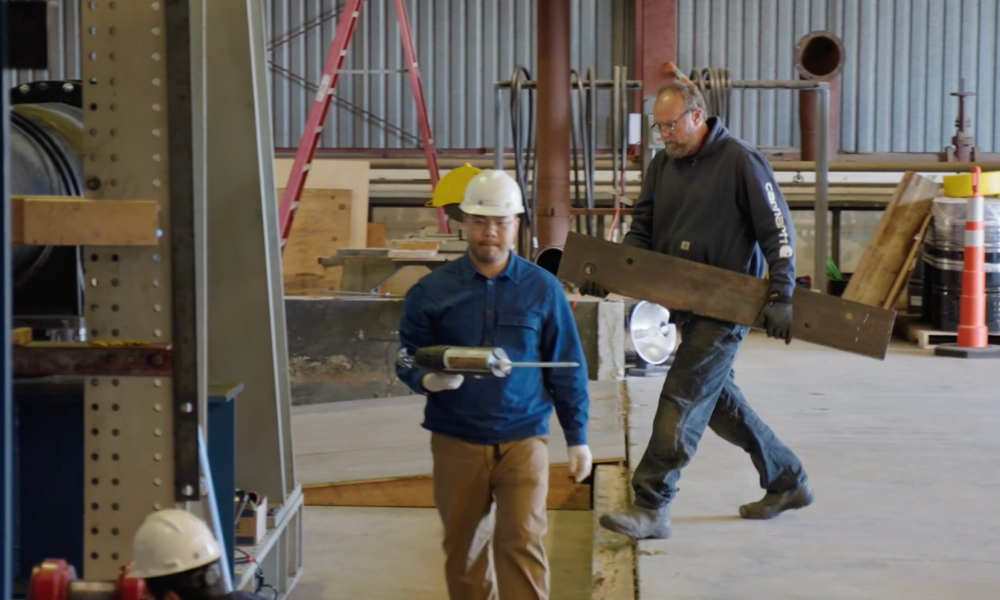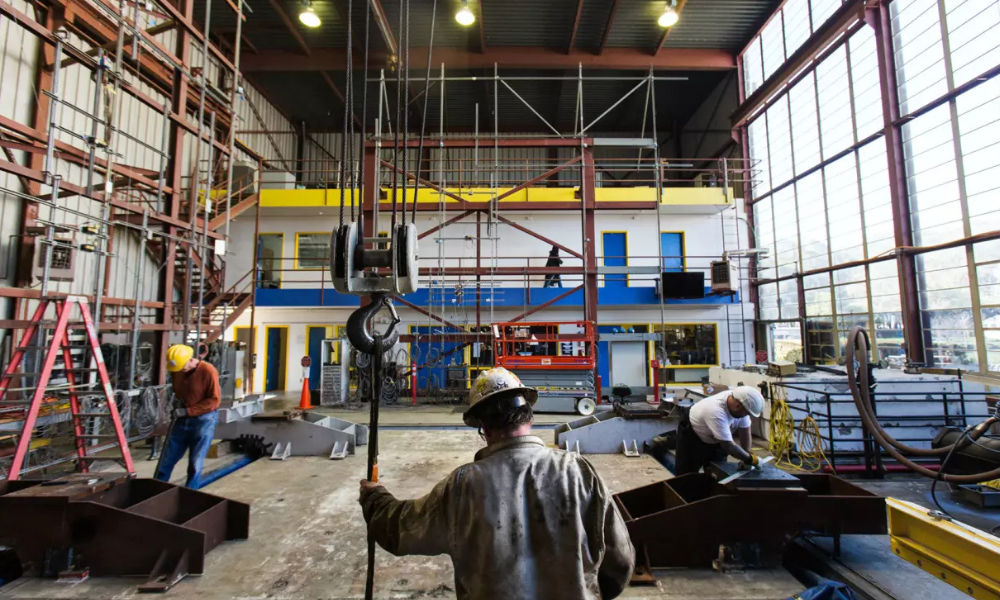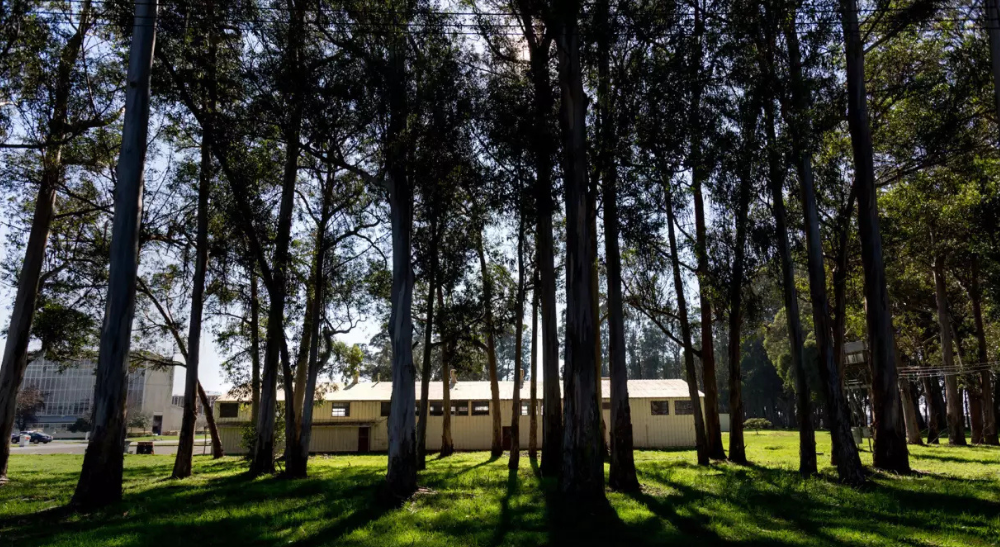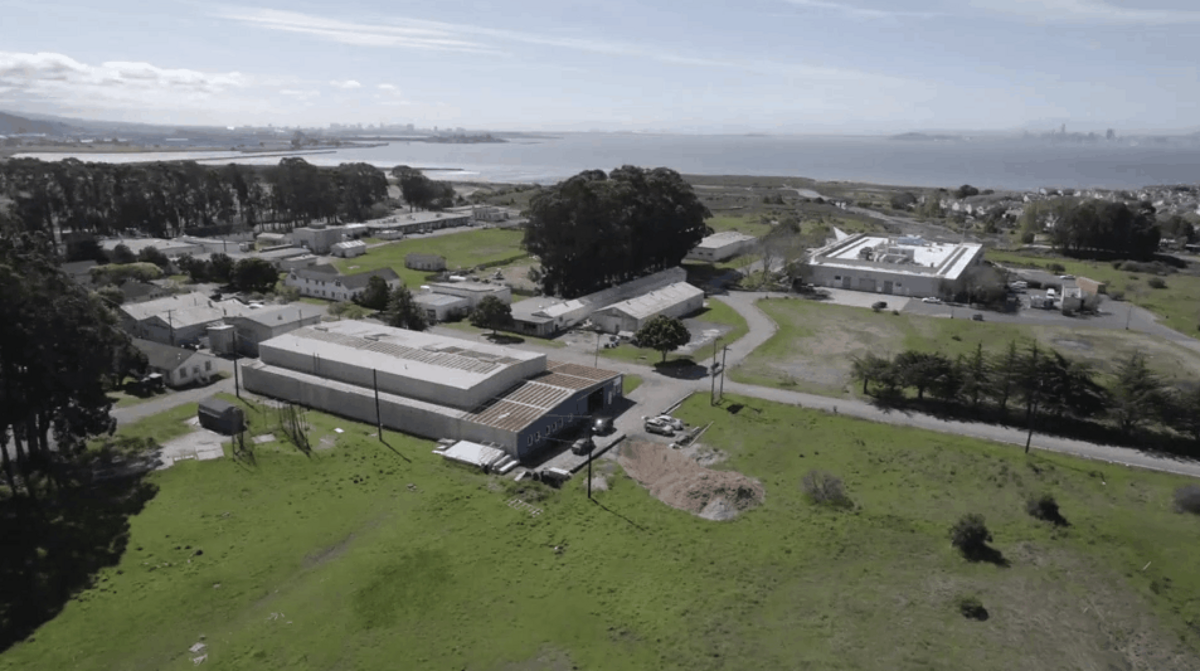About Richmond Field Station
The Richmond Field Station (RFS) is a 175-acre research and innovation campus operated by the University of California, Berkeley. Located just 15 minutes from the main Berkeley campus, RFS sits along the shoreline in Richmond’s South Shoreline neighborhood - offering proximity to campus with the space and flexibility of an independent site.
RFS is home to more than 1,000 researchers, students, and startup collaborators, and features over 500,000 square feet of assignable space - including labs, offices, testbeds, warehouses, and outdoor infrastructure. The site also includes one of the world’s largest earthquake shake tables and the UC-wide Northern Regional Library Facility (NRLF), which archives over 7.7 million lesser-used volumes from northern UC campuses.
In addition to built infrastructure, RFS contains three ecologically distinct habitats: the Upland Area, Transition Zone, and the Western Stege Marsh, a protected tidal marsh that supports native plant species and endangered wildlife such as the California clapper rail. These areas are used for environmental research, teaching, and habitat preservation. Learn more about RFS environmental news, monitoring data, and resources for the UC Richmond Field Station community →.
Research & Development

RFS brings together 1,000+ researchers, students, and startups working across disciplines. With access to world-class UC Berkeley faculty and resources, it’s a space where bold ideas begin.
Prototyping & Validation

Designed for hands-on work, RFS offers flexible lab and office space, outdoor testing zones, and specialized infrastructure - making it ideal for building, testing, and refining new technologies.
Pilots & Commercialization

From field trials to real-world deployment, RFS supports the path from research to pilot to impact. It’s where innovations scale, startups grow, and bold ideas go to market.
History of RFS
The Richmond Field Station sits on land with a rich and layered history.
The site lies within the ancestral territory of the Chochenyo-speaking Ohlone people, whose descendants are members of the Muwekma Ohlone Tribe. For generations, this shoreline was used for fishing and shellfish harvesting. Nearby shellmounds - sacred cultural and ceremonial sites - once dotted the area, though many were removed during early 20th-century development, including the construction of the Harborgate Tract in Richmond.
In 1823, the land became part of the Rancho San Pablo, a Mexican land grant awarded to Francisco María Castro. By the mid-1800s, it had been subdivided and sold, including to Richard Stege, who operated a bullfrog farm that supplied San Francisco restaurants - a legacy still present in the naming of Stege Marsh, the adjacent tidal wetland.
By the 1880s, the site became a center of industrial activity. The California Cap Company established operations to manufacture explosives and blasting caps, alongside other firms such as the U.S. Briquette Company and the Pacific Cartridge Company. The production of mercury fulminate, a key component in explosives, left a legacy of mercury contamination that continues to be monitored and managed today. California Cap ceased operations in 1948.
The University of California acquired the first 100 acres of what would become RFS in 1950, followed by the western portion of the site (between Regatta Boulevard and Avocet Way) in 1951. In the years following 2008, UC Berkeley expanded the site further with the acquisition of the 25-acre Regatta Industrial Center, adjacent to the original campus.
Today, RFS stands as both a testbed for next-generation technologies and a place with a deep cultural and ecological legacy. It continues to evolve - bridging UC Berkeley’s academic mission with the real-world needs of innovation, public partnership, and environmental stewardship.



